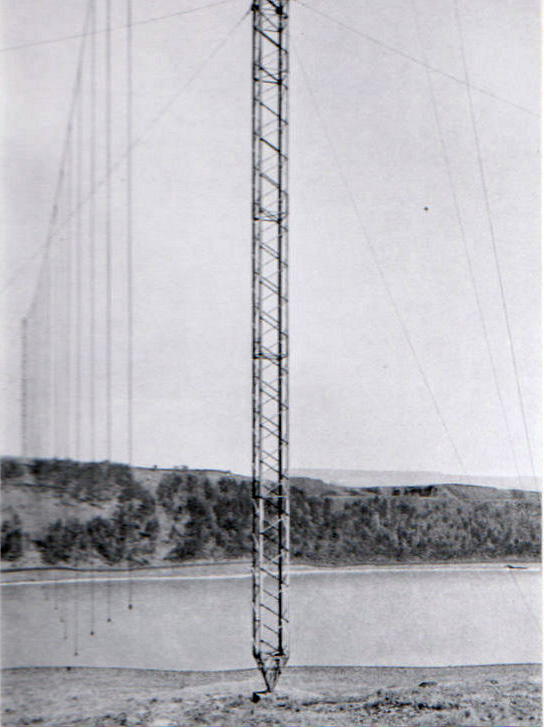Langsett During WW2
Sheffield's "Lakeland" of many reservoirs, all with their own peculiar shapes and clusters was an unmistakable guide to enemy aircraft, as well as a direct menace to the safety of the city. If bombs had burst the reservoirs' banks, flooding would have been serious and would have caused major interruption to the many iron and steel works in Sheffield.
The members the "Dambusters" squadron used the three Reservoirs of the Little Don for low flying practice along with the other Sheffield Lakes.
 After the raids on the German dams in 1943 it was decided that the Sheffield reservoirs needed greater protection. Steel towers were erected on the hillsides and steel chains were stretched between them across the reservoirs. These chains then had hanging cables attached to them. Evidence of the concrete bases can still be seen on the moor above Langsett reservoir.
After the raids on the German dams in 1943 it was decided that the Sheffield reservoirs needed greater protection. Steel towers were erected on the hillsides and steel chains were stretched between them across the reservoirs. These chains then had hanging cables attached to them. Evidence of the concrete bases can still be seen on the moor above Langsett reservoir.
A smoke screen installation was laid down and it was possible to fill the whole of the reservoir valleys with thick smoke within 5 minutes.
The guns and smoke installations were manned by 5,000 troops.
A special siren signal was developed which if it had sounded would have meant, "dams breached".
Much of the moorland area was used for artillery practice and bits of old shells and mortars are still being found.
The area was also used to practice for the "D" day landings. Tanks were unloaded onto a special ramp at Penistone Station and driven to the area to practice. Many of the tanks were American. Some tracks were covered with reinforced concrete to take the weight of the tanks. Hard standing exists in the woods where the tanks would be sited to shoot across the reservoirs.